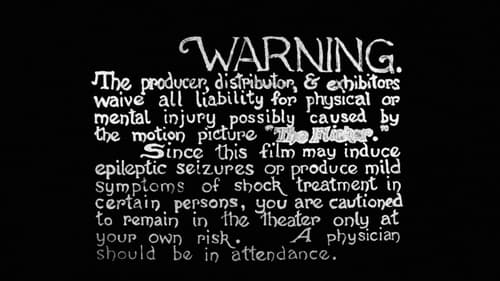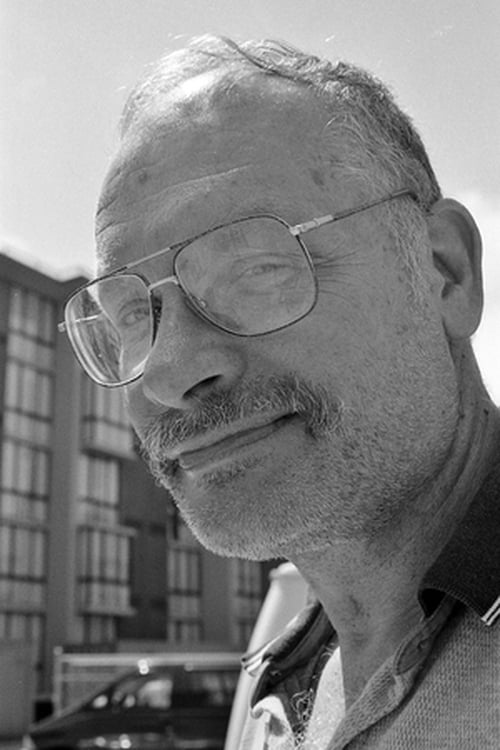Tootsies in Autumn (1963)
ジャンル :
上映時間 : 12分
演出 : Mike Kuchar, George Kuchar
シノプシス
[A] cautionary tale about past-their-prime thespians caught up in a typically Kucharian vortex of madness. - Anthology Film Archives

"This beautiful example of far-fetched blasphemy accompanies a happy, ugly nun into the woods for her constitutional, replete with charming bird noises. Praying to and fondling a priapic mushroom, she is unaware of the evil rapist shadowing her. When the rape occurs, it is in long shot, hidden from view, under a huge tree. Articles of clothes and her cross sail through the air; the tree - entirely dominating the screen - sways rhythmically and repeatedly. A few minutes later it stops; then another tree, a few feet away, begins to sway in identical fashion. The rapist finally emerges, exhausted." (Amos Vogel, Film as a Subversive Art)

“A silent perusal of the Grand Canyon, morning to night, from a single, fixed camera position, by means of constant dissolves spaced a few seconds apart. Man — entirely absent — is no longer the center of the universe; the canyon exists outside of him. Despite the invisible photographer and his technologically-caused dissolves, this is a creditable approximation of the true foreign-ness of nature.” — Amos Vogel, Film as a Subversive Art (1974)

A visualization of the inner world of foetal beginnings, the infant, the baby, the child - a shattering of the "myths of childhood" through revelation of the extremes of violent terror and overwhelming joy of that world darkened to most adults by their sentimental remembering of it ... a "tone poem" for the eye - very inspired by the music of Oliver Messiaen.

Little Stabs at Happiness is a collection of silent shorts Jacobs shot from the period of 1959-1963. Jaunty tunes (and a somber reflection) accompany the footage.

“This film is against the corporate military industrial structure of global village.”

The Youth International Party, whose members were commonly called Yippies, was a radically youth-oriented and countercultural revolutionary group opposed to war and the status quo of American culture. Known for using theatrics and humor to advocate social change, several Yippies were notably on trial as the Chicago 7. Primarily consisting of footage from the 1968 Democratic National Convention in Chicago which sparked massive demonstrations that were met by violence and hysteria caused by the police. This film also includes found newsreel footage as well as Pigasus - the pig the Yippies advanced as a candidate for President of the United States.

The film begins with the image of a dead bird. The mind moves to forget, as well as to remember: this film graphs the process of forgetfulness against all oddities of remembered bird-shape.

A film consisting of alternating black and white frames.

A short film about the relationship between an Aboriginal daughter and her white mother. The daughter, now the sole carer of her dying mother, dreams of far away places, the haunted look in her eyes loaded with a sense of what could have been. Famous Aboriginal singer, Jimmy Little, sings 'Royal Telephone', evoking the presence of Christianity and its role in the assimilation of Aboriginal people. The final scene sees the daughter lying in a foetal position next to her mother, crying. Assimilation, then, can be understood as a pain experienced by both the Aboriginal daughter as well as the white mother.

This short documentary records the celebration and ritual surrounding a snowshoe competition in Sherbrooke in the late 1950s. The film marked the beginning of a new approach to reality in documentary and prefigures the trademark style of the NFB's newly formed French Unit. Today, Les raquetteurs is considered a precursor to the birth of direct cinema.

Peterson based this romantic piece on Balzac’s Le Chef-d'oeuvre inconnu and Picasso’s Minotauromachie. The film combines a story of the competition for the love of a woman with images of a young girl with a candle wandering through a corridor, a modern adaptation of the mythological Minoan labyrinths.

A young man desperately seeks out the fleeting image of a female companion, and though he never quite catches her, he discovers much more through the surreal explorations of his own sexuality.

Flashback on the problems, adjustments and transformations occurring in the first year of a couple's married life. Pretty surprising film coming from Coronet about the "honeymoon is over" drama that newlyweds face. The marriage between Dotty and Pete is pretty traditional--Dotty quits her job to be a homemaker once they are married--but some more modernistic ideas come out, such as the idea that the two newlyweds decide together how the money that Pete earns will be spent, and the small mentions of sex. (!!) The "educational collaborator" listed at the beginning, Lemo Rockwood, was a professor at Cornell University, and her marriage course advocated sexual frankness and pre-marital experimentation, so it's easy to see her stamp on this film.

The 16-minute film falls neatly into two nearly equal parts, separated by fades to and from black. Part one depicts a sunrise, a journey out to sea in a boat, then gulls flying around the boat while fish are cleaned, and finally the journey back and the reappearance of land.

A documentary of an avant-garde theatre performance, presents an orgiastic rite of sex, degradation, and bloody sacrifice, performed by Zero-Jigen.

“Freud established that jokes were structurally akin to dreams in their use of condensation, displacement, representation by opposites, punning and ‘nonsense’. All of these strategies are much in evidence in (Land’s) marvelously duplicitous ON THE MARRIAGE BROKER JOKE… [...] so clever and original a filmmaker as to make most others – not to mention his critics – seem flat-footed by comparison. ON THE MARRIAGE BROKER JOKE harks back to Bunuel’s early work. Not only is it structured like a dream and filled with sexual imagery, but like Un Chien Andalou, it smacks of being an insider’s joke played upon the avant-garde. Where Bunuel used the insights of psychoanalysis to satirize Christianity, Land– with an almost equal perversity – reverses the process and uses Christianity to send up Freud.” – J. Hoberman, American Film

A continuous zoom traverses the space of a breakfast table, serving as a grand metaphor for indigestion.

An educational film which documents the menstruation process and feelings in young girls.

Le P'tite Lili is a short film directed by Alberto Cavalcanti in 1927. This is a visual illustration of a song, The Lady of gravel and Benech Lilie, with music for the audio version of 1930 by Darius Milhaud. Only one original copy of this tragic story and impressionistic. The film tells the story of Lili ( Frau Catherine Hessling ), a 16 year old orphan who has lost her whole family but has retained her purity and innocence. Alas, a terrible doom awaits this optimistic child: in the slums of Paris she will meet a man who will lead her into prostitution.

The quick tempo of life in polluted cities makes patients out of people. Neurosis is an everyday occurrence.







